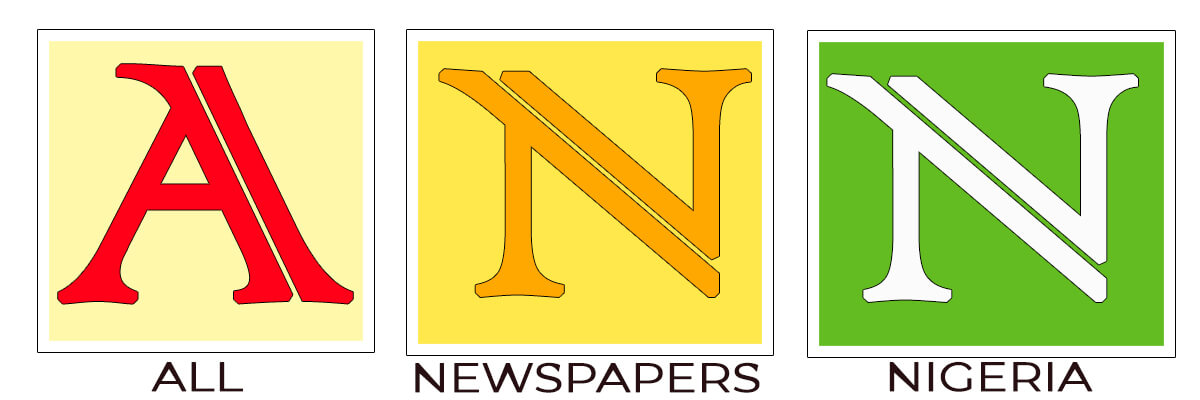A recent report by the National Bureau of Statistics (NBS) has revealed that 65% of Nigerian households relied on traditional cooking methods, with the three-stone cookstove being the most commonly used.
The findings were highlighted in the Nigeria General Household Survey-Panel (Wave 5) 2023/2024 report.
“The most common cookstove type used in the country is the three-stone/open fire, with 65.0 percent of households relying on this traditional cooking method,” the report noted.
The NBS report outlined stark differences between rural and urban areas. Traditional cooking methods were predominantly used in rural areas, with 78.8% of households relying on the three-stone cookstove. The practice was even more widespread in certain regions, such as the North Central (72.1%), North East (82.4%), North West (85.7%), and South East (61.3%) zones.
Conversely, urban areas were seeing a noticeable shift toward modern cooking technologies, with 49% of households using liquefied petroleum gas (LPG) or natural gas. The South West zone led in adopting modern cooking technologies, with 51% of households opting for LPG or natural gas.
The report also highlighted the preferred locations for cooking across Nigeria. Slightly more than half (51.2%) of households using traditional cookstoves prefer outdoor cooking, while 37.9% cook indoors but outside the sleeping area. Only 1.8% of households use their cookstoves in sleeping areas.
Geographical patterns also played a role. Households in the North East (59%) and North West (50.5%) zones were more likely to cook indoors, while those in the North Central (60.7%) and southern zones predominantly cooked outdoors or in separate buildings. This trend was consistent across urban (46.2%) and rural (52.6%) areas.
Wood remained the most-used cooking fuel in Nigeria, reported by 70.2% of households, followed by LPG at 23.2%. The reliance on wood was especially pronounced in the North East (93.4%) and North West (84.8%) zones.
In contrast, southern regions were more inclined toward LPG usage, with 35.3% of households in the South South and 51.7% in the South West using the modern cooking fuel. The urban-rural divide was also evident, with urban households showing stronger reliance on LPG (50.5%), while rural households overwhelmingly use wood (83.8%).

 3 hours ago
6
3 hours ago
6












